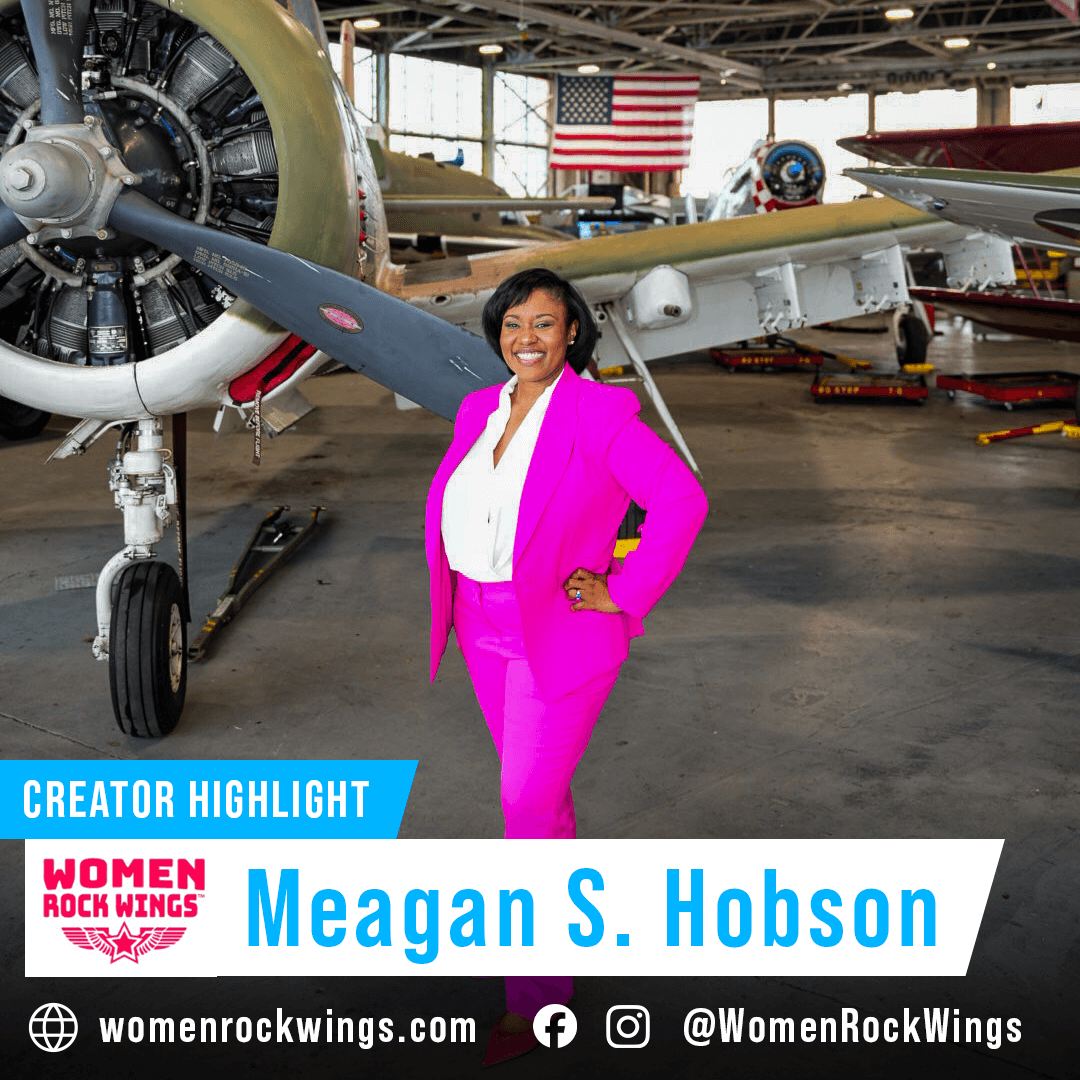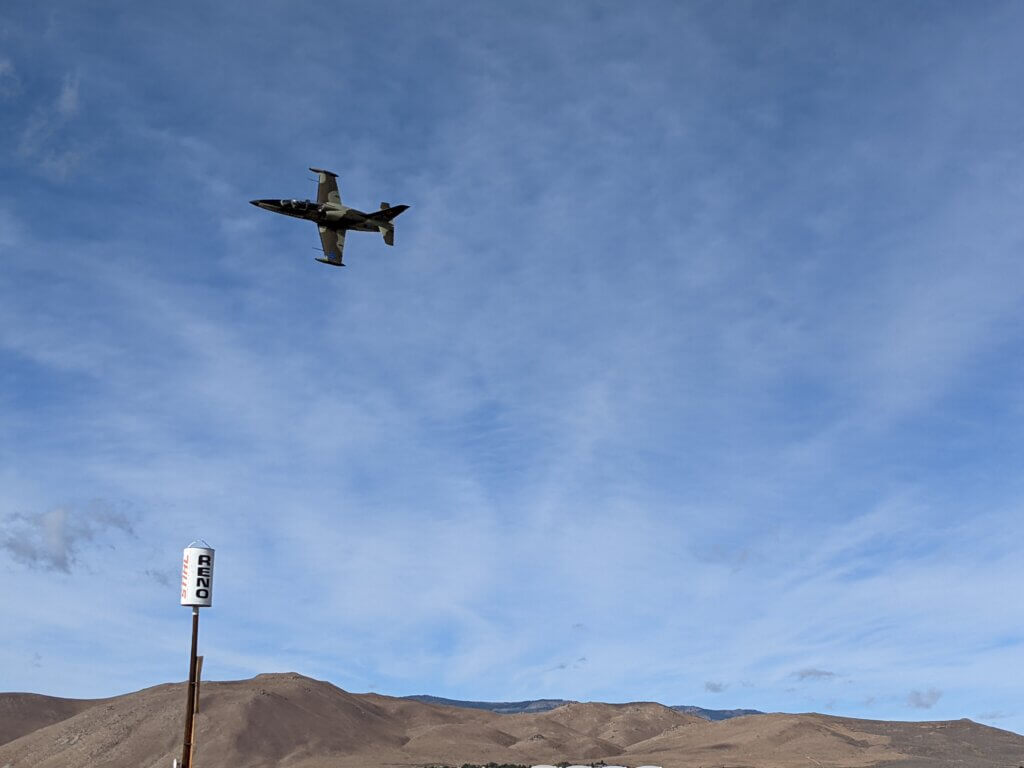Though the sport of air racing had once been immensely popular with an American public fascinated by aviation, it had almost completely vanished by the 1960s. That’s when Bill Stead, a Nevada rancher and WWII veteran, saw an opportunity to revive pylon-based air racing in the United States. For more than 55 years since, some of the finest pilots in the world have gathered at Reno-Stead Airport every September for the National Championship Air Races, a week-long festival of racing and aerial demonstrations.
In 1964, Stead organized his first race at Sky Ranch Airfield, a small dirt strip northwest of Reno. Two years later, in 1966, the closure of the nearby Stead Air Force Base (named for Bill Stead’s brother Croston) provided the National Championship Air Races with their new home where they have been held ever since. The pilots come from all over and have backgrounds as colorful as the liveries on their planes. Some are airline captains who treat air racing as a weekend hobby, others are retired military pilots who are unable to give up the need for speed, and even a former astronaut raced to Reno glory in 2015.
In the pursuit of speed and raw power, no other motorsport can compete with air racing. In auto racing, the best Formula 1 cars can attain speeds of about 225 mph (360 kph) on a straightaway. That’s fast, but it’s nowhere close to the speeds reached by the fastest race planes. In 2017, legendary Reno pilot Steven Hinton Jr. set a speed record for piston-engine airplanes in the highly-modified P-51 Mustang “Voodoo”. Racing down a three kilometer straight, Voodoo was clocked at 531 mph (855 kph), more than twice as fast as an F1 race car.
At Reno, pilots race around a closed pylon circuit with their planes are divided into separate heats based on their speed class. The first few days of the National Championship Air Races consist of qualifying laps where the pilots attempt to set their best time around the pylons. Based on the results of qualifying, the planes are then divided into Gold, Silver, and Bronze divisions for the head-to-head (or wingtip-to-wingtip) races during the final weekend of the event. Up to eight planes compete in each heat, with the winner of the Gold race for each class being crowned as that year’s Reno champion.
Different airplane classes have been added or removed from the competition over the years, but three have remained constant since the first 1964 race: Formula One, Biplane, and Unlimited (WWII-era piston engine fighters modified for increased speed and race performance). T-6 Texans were added to the lineup in 1966, and the Sport class (kit-built experimental planes) joined in 1998. The Jet class – Reno’s current speed kings – rounded out the roster of pylon racers in 2002, and a whole new style of air racing made its debut at the most recent event in 2021: STOL (short takeoff and landing) Drag. In the upcoming Reno Air Races expansion for Microsoft Flight Simulator, you’ll be able to compete in four of these classes: Biplane, T-6, Unlimited, and Jet.
The Microsoft Flight Simulator community team attended the 2021 National Championship Air Races in Reno, and we were fortunate to have direct access to many of the pilots and planes. With so much speed and adrenaline permeating the atmosphere, we were expecting the mood in the pit rows and hangars to be one of fierce competition between bitter rivals. The reality was anything but that. When they weren’t jockeying for position around the pylons, the pilots and their crews displayed a communal spirit of camaraderie toward each other. A phrase we heard repeatedly when talking to members of multiple different Reno race teams was how they refer to the air racing community as “My September Family”. The pilots and their crews come from all over the world and rarely see each other except for the one month each year when they gather in Reno. Yet during that month, they are as tightly-knit as any family. Most pilots and ground crews are happy to talk shop between races and share advice with other teams. It’s even common to see crew members from one team helping another team push their planes to the hangar area between races.
That sense of camaraderie extends to some of Reno’s biggest fans, too. Since 1982, a group of air racing super-enthusiasts has gathered in Section 3 of the grandstand each year. Wearing distinctive orange shirts to stand out from the crowd, the horn-blowing, flag-waving superfans of Section 3 are Reno’s rowdiest spectators and have become just as much a part of the event as the planes and pilots. Speaking in 2015 to reporter Guy Clifton of the Reno Gazette Journal, Section 3 member Jason Merlis said, “It’s like a big family and this is our reunion every year. We have folks from Idaho and guys from Arizona. There are people here from Australia. We see each other once a year, and it’s all hugs and love.”
At Asobo and Microsoft, we have gone to great lengths to provide you with the most authentic Reno experience possible. To get the look and feel of the National Championship Air Races accurate down to even the smallest detail, we consulted directly with several race pilots and their ground crews, captured high-definition scans of 40 different planes across four different classes, recorded race narration from Reno’s actual PA announcer, and even modeled the superfans from Section 3 wearing their trademark orange shirts. Whether you’re casually looking at the spectator area between races or zipping around the pylons at over 500 mph, this is the closest you can get to experiencing the atmosphere of Reno in a virtual setting. We can’t wait for you to experience the heart-pumping, adrenaline-filled action of the world’s fastest motorsport on November 18.
Reno Air Races, the first expansion for Microsoft Flight Simulator, will release for PC and Xbox Series X|S on November 18, 2021. For more details about the expansion, please see this story.

